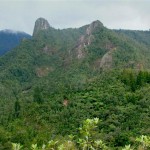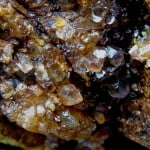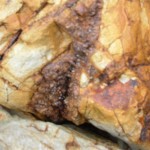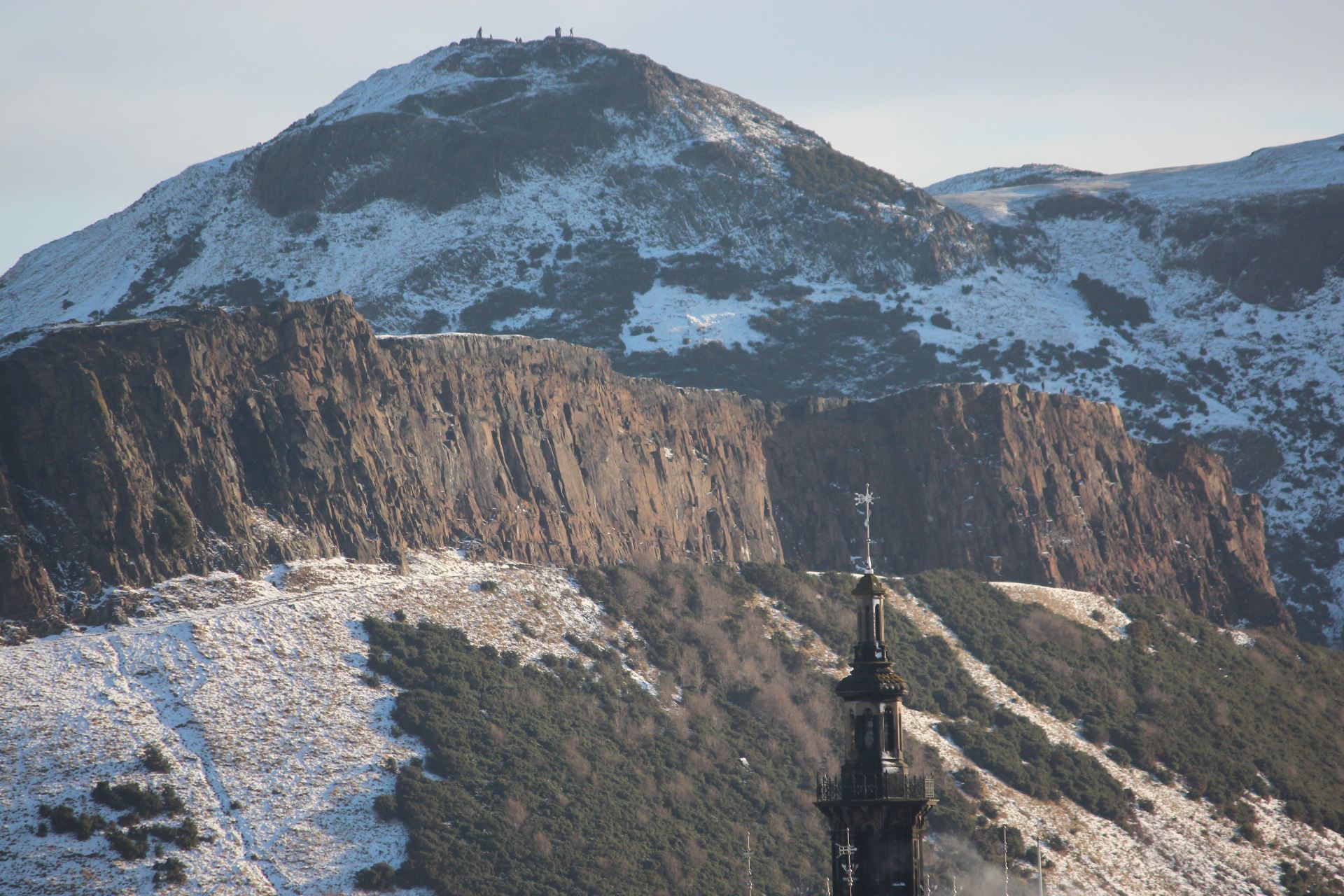The Government is seeking feedback on removing 7058ha of conservation land, which is currently protected , from Schedule Four of the Crown Minerals Act. The prospect of mining on the Coromandel and elsewhere has been controversial and there was a large demonstration in Auckland last weekend.
, from Schedule Four of the Crown Minerals Act. The prospect of mining on the Coromandel and elsewhere has been controversial and there was a large demonstration in Auckland last weekend.
Mining is a comparatively recent event in geological terms. The story actually began about 25 million years ago when the Australian and Pacific plates began a slow glancing collision that still continues today. There were a number of immediate (millions of years in geological terms) effects.
- The country began to tear apart along the Alpine Fault
- Mountain ranges were squeezed from sediments buried under the ocean

- intense volcanic activity started and is still going on about 10 kilometers below your safe Green Bay classroom.
Volcanic eruptions started near the northern tip of the Coromandel peninsula. The remnant backbones of volcanic cones can still be seen in the Coromandel landscape today. Serious volcanic activity has since slipped southward into the Rotorua – Taupo region.
As the volcanic activity began to die down in the Coromandel huge volumes of very hot water, about 300 degrees celcius, saturated with minerals percolated through the rocks. The mainly andesitic volcanic rocks were completely metamorphosed.
The mineralised water moved through the fractured rocks. Vein like structures formed and minerals deposited when the water cooled. Gold and quartz tend to crystallise together explaining why old miners looked for quartz veins. The early tunnels at the Waihi mine followed such veins extracting the gold as they went. It eventually beacame uneconomic to mine in this way. When the mine closed in 1952 there were 16 different levels of tunnels to a depth of almost 600 meters. The tunnels were approximately 175 kilometers in length. When the mine opened again in 1987 they simply dug everything out and turned the old workings into the open pit you see today.
The yellow or brown coloured rocks so common on the Coromandel are a result of iron sulphides being broken down by the super hot water saturating the region. Similar bright coloured rocks are to be found in Tasmania where extensive mining has also taken place.
The Waihi Mine today and some issues that mining companies have to address.
Ore is a rock containing minerals with important elements including metals. Gold is found uncombined with other elements. Mining is the large scale version of the experimentys you carry out in junior science separating substances. The process At Waihi involves a number of steps.
- Using explosives to blast the rock into large fragments
- Removing the broken rock from a very big hole in the ground for processing.
- Analysing the rock from different truckloads to determine which go on to further processing. Quite a lot of wasted effort.
- Grinding the rock down and chemically extracting the gold from it (about three grammes per tonne 0r eight teaspoons per truckload)
- Safely process toxic pollutants (cyanide) and minimise water usage.
- ……. and finally the mining company has to fill in a very large hole in the ground ensuring there are no problems for future generations to deal with.
Where did they put waste rock from the mining process. A very large hole in the ground should be transformed into a very large pile of rubble. What impact has this had on the environment?
In the slideshow the mine owners answer some frequently asked questions. Yebiisu a dub reggae band who record at Kog studios in Titirangi ask more fundamental questions in their protest song.
Coromandel mining …… a very messy business on PhotoPeach
Finally a challenge……..
Prepare a multimedia presentation that can be embedded in a blog to convince the New Zealand public that either:
- The overall benefits of mining outweigh the harm done to the environment and that mining companies should be allowed to mine in conservation land
- the impact of mining on the evironment is so potentially damaging that the industry should gradually be phased out in New Zealand.

Please teach the rest of these internet hooilangs how to write and research!